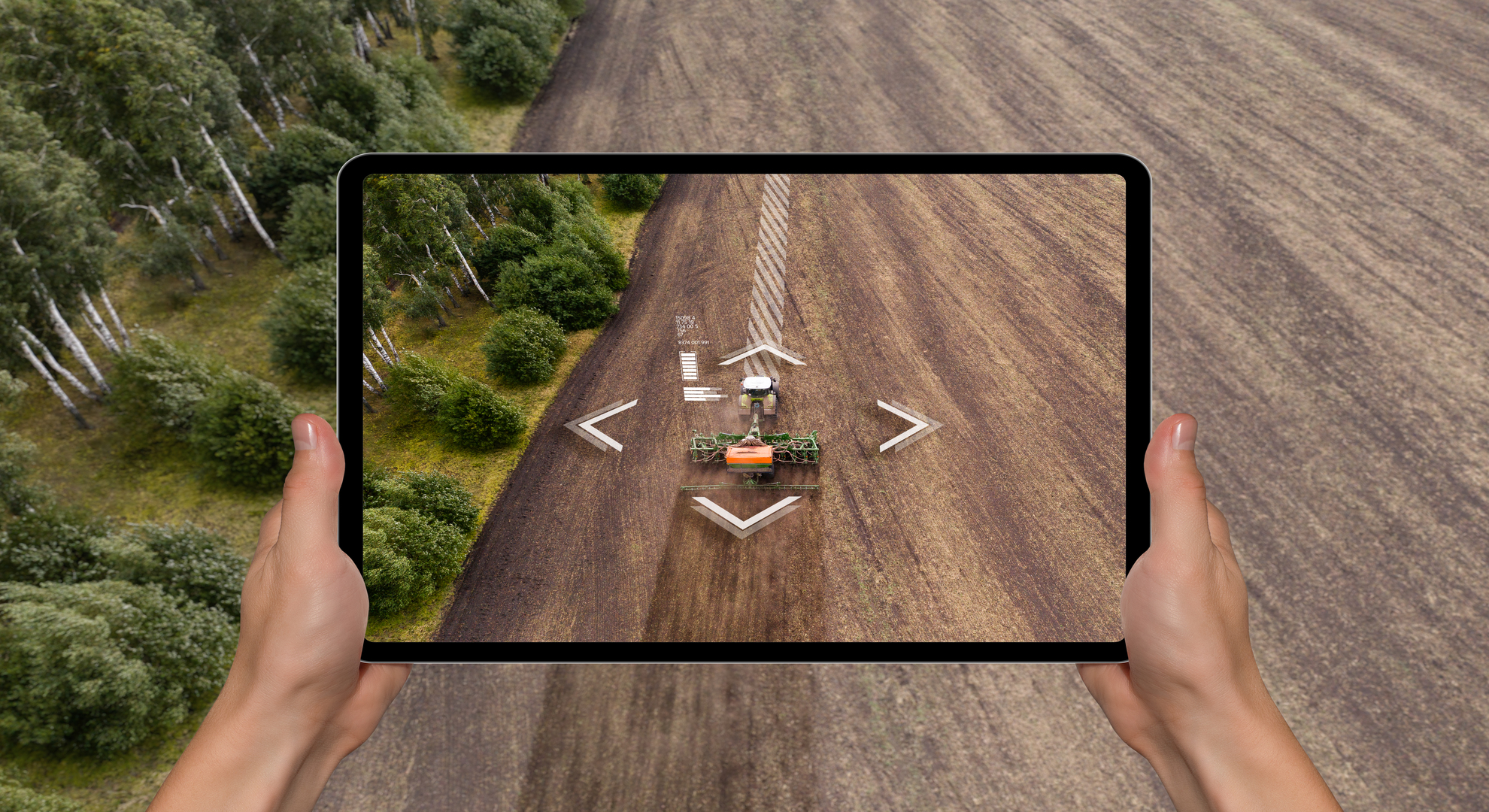
01 Jul SMEs in rural areas: digitalisation as the driver of success
Technology has been developing over decades now at speeds that few could ever have imagined. This evolution, constantly accelerating and almost exponential, is helping practically all parts of society take steps towards the future. And the support that digitalisation offers businesses is remarkable, especially when it comes to SMEs, since technological synergies can represent a real ‘game changer’ for their benefit.
But for this ecosystem to be truly profitable for SMEs, it’s not enough to simply have guaranteed connectivity infrastructure. In more rural environments, you need other factors than connectivity alone that can contribute to sustainable development focussed on future success, including tools, training, projects adapted to the genuine needs of the countryside, artificial intelligence focussed on the sector, and more.
The main challenges of technological innovation in the countryside
Agriculture 4.0 represents a desirable reality in the short term but, for now, there are more aspirational components. Mainly because the challenges faced by digitalisation and rural environments are hardly few and far between, nor are they easy to implement. Among many others, the main challenges include:
- Managing a new agricultural model. Transforming the very concept of work in rural areas in a transversal way is, perhaps, the most ambitious task. But, at the same time, also one of the most vital. Digitalisation must serve – and be applied – in all areas and across all agricultural tasks: from automated crop harvesting to using drones for pest control, from irrigation assisted by artificial intelligence to monitoring and geolocating livestock herds 24/7, to name a few examples.
- Promoting imports and exports. For SMEs in rural areas to see real economic returns from any technological innovation, entry routes derived from internal trade must be overcome, being able to manage and fulfil orders across borders, meeting new standards on time, logistics and quality. Furthermore, a direct relationship with end users – unthinkable just a few years ago – can also be an important boost.
- Training. Neither the challenges we know about, nor the ones hidden under the surface, will ever be overcome unless those responsible for running SMEs and other stakeholders in the rural economy are trained and prepared to see and understand technological innovation as an ally. Developing training projects that provide SMEs with knowledge and tools, hardware and software is probably one of the most important aspects of this shift.
- Connectivity. Similarly, none of the above will be possible unless 5G technology and very high-speed Internet reach every corner of the rural world. The Spanish government’s initiatives in this direction are ambitious, but they have been readjusted to changing needs and have ‘crossed the rubicon’ as they look to 2025 with hope and optimism.
Applications of digitalisation to be explored by SMEs
Despite the above, SMEs cannot simply sit back and wait for problems to ‘resolve themselves’. From this very moment, they could be implementing improvements and developments typical of technological innovation and the digital transition in their businesses. In both the rural economy and in other contexts.
- Cloud computing. Getting used to working in the cloud, transferring documents and information, storing and sharing relevant data without the need to resort to physical media, or without depending on specific locations, can vastly expand any company’s opportunities, but especially the agility and operability of SMEs.
- Chatbots and social networks. Automating basic interactions with end users and potential buyers through chatbots, alongside using social networks as the backbone of sales and direct marketing, is unavoidable in the modern world.
- Robotisation. Although artificial intelligence and robotics still have a long way to go, today, there are already many processes in the rural economy that could be automated. Turning to these types of digitalisation aids is already possible and it would be practically suicidal not to try to take advantage of them.
Small and medium-sized enterprises in rural areas, with the right support and adequate financing – both from the public sector and through public-private partnerships in the field of ICT – can take real advantage and transform these new productive models, the food chain, as well as the way in which we all understand the countryside and its corporate sector as a whole.

